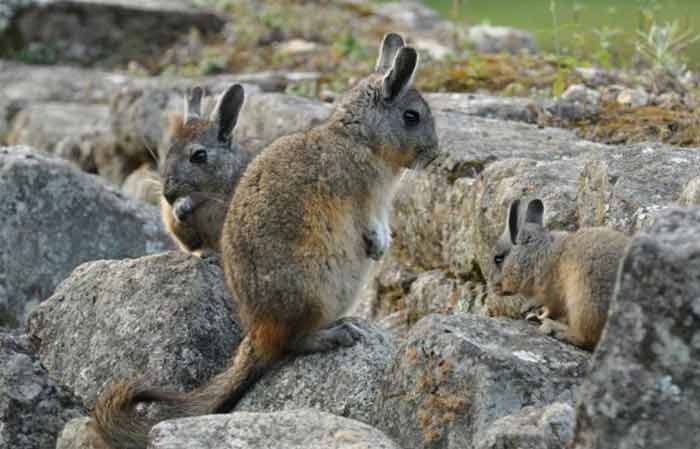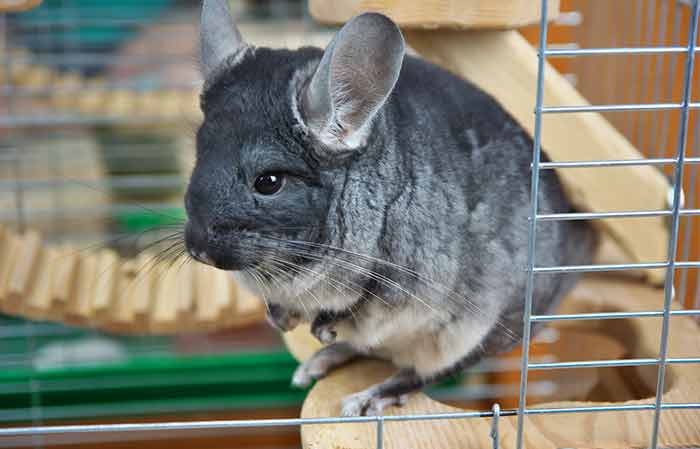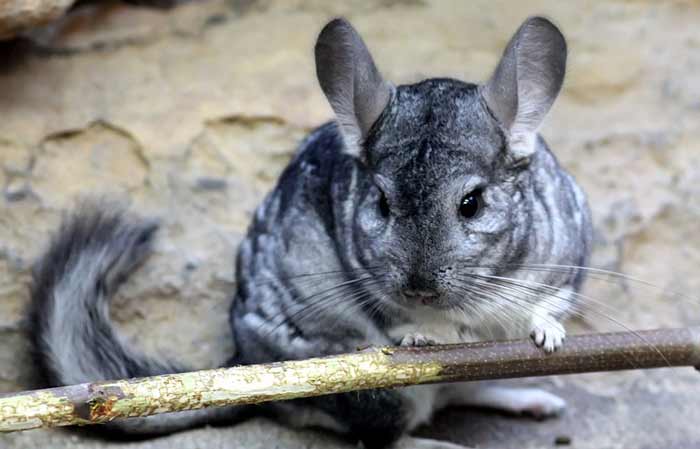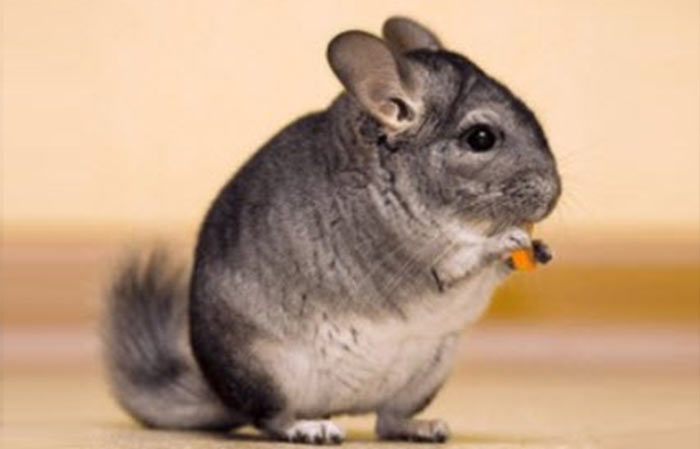Chinchillas are excellent pet choices mostly because of their exceptionally long lifespan. On average, they can live for about eight to 20 years, a perfect choice for a long term companion. Even so, various other factors can affect the lifespan of a chinchilla – from wild to caged livelihood, breed, and proper care.
Following is a more in-depth look at how long a chinchilla live followed by multiple factors that will determine the lifespan.
A Chinchilla’s Lifespan
Chinchillas are one of the most robust rodents out there, similar to the ground squirrels. They’re native to South America, more precisely- the Andes Mountains.
They love to live in groups called herds, especially while living in the wild – to even the odds of survival. As you all know, it’s better to fight off predators together than alone.

Chinchillas have two sets of lifespans depending on where they are: the habitat;
In the Wild
These live for about eight to ten years. They fend for themselves and very likely to be attacked by human and animal predators. Owls, wild cats, foxes, and other birds of prey terrorize them, hence, they aren’t able to biologically live their entire lifespan.
Humans as well pose a threat to their life as some people hunt these chinchillas for their plushy and furry hairs. As an article of clothing, many see them as excellent sources, leaving their lives endangered.
In Captivity
With not much to worry about, chinchillas adopted as pets and kept under captivity can live for as long as 15 to 20 years. There are no predators or other environmental threats to its life, hence more likely to live longer.

However, other factors can come into play, affecting their lifespan, let’s have a look at these elements.
Factors that Affect how long a Chinchilla Lives
Here are multiple reasons that could be affecting the lifespan of your chinchilla. They are the basics essentials it needs to ensure proper care and safety.
1. Diet
The food it eats significantly affects its health. From their wild behaviors, they love to eat grass and shrubs, hence they will do well with plenty of hay and alternate fresh grass. This is an excellent idea also as it relieves their constantly growing teeth.
You could also get some snacks or nibbles or treats for chinchillas from the pet store and add them to their cage so they can feed on them whenever they want. Although, this is not advised to be an often occurrence.
Another idea to keep then gnawing all day long is to add a piece of wood or a pumice stone to their cage. Just ensure it’s non-toxic to avoid health issues. Also, include a lot of water in their diet, they need to stay fully hydrated all day every day.
2. Physical Exercise
Your chinchilla needs to remains strong and active if you want it to live a long and healthy life. Not only does doing exercise keep them active, but it also relieves boredom, plus it could be an excellent bonding time for you and your pet.
Indulge your chinchilla with a wheel and exercise gaming balls, plus tunnels regularly to keep it on its toes. You could also have an indoor box set for the chinchilla, just ensure it’s temperature is regulated to about 60 to 70 degrees as chinchillas don’t do well in high heat environments.
3. Environment
It’s not enough that you call the chinchilla your pet, it needs to be cared for and protected. There are several things you can do to ensure the chinchilla is well taken care of and that the environment is conducive for its growth.
Your chinchilla needs a large drafty free cage with enough space for rest and play. It should be away from direct sunlight because they don’t enjoy high temperatures. A considerable cage size should measure six feet long by six feet wide and three feet high. That’s enough space to add toys and snacks.
4. Health Care
Chinchillas are easy maintenance rodents – healthy and clean. As long as their environment is kept equally clean, there shouldn’t be any health issues. Either way, regular checkups with a veterinarian wouldn’t hurt. In case of an illness, they could be prescribed for medications.
Especially if they get respiratory problems, intestinal issues, or dental problems from slobbers. Just ensure right from the first sign of illness, the chinchilla is taken to see a vet.
5. Other Factors
Besides the usual food and health matters, chinchillas could also enjoy some loving. With their dense cost, they won’t be affected by parasites, but some stroking will be an excellent choice to keep them happy.
Another idea is to include dust baths in their cage at least once or twice a week for about 20 to 30 minutes. Purchase some commercial chinchilla dust and let them enjoy themselves. Leaving the dust bath in the cage for too long can, however, leave the place looking like a mess.
The Breed Factor
There are two species of chinchillas;
Long-tailed chinchillas – also known as the Chilean. They have a soft coat and grow to about 38 cm long. Their lifespan is about ten years as they’re endangered for their soft fur.

Short-tailed chinchillas – also referred to as the Bolivian or Peruvian, they similarly have a luxurious fur causing them to be endangered and almost extinct. Their lifespan is also about eight to ten years.

The breed factor doesn’t play a significant role when it comes to the lifespan since whichever chinchilla it is, their fur is hunted widely by trappers. Even so, the Chilean is more common to domestication since they’re more at risk of extinction than the Bolivian.






